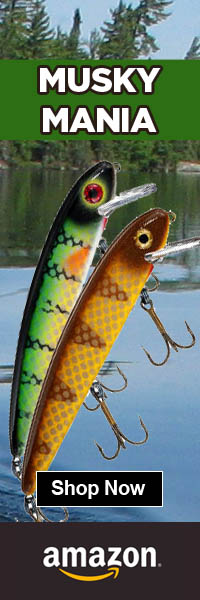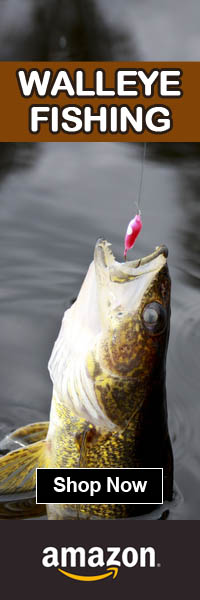The Bow River, located in Alberta, Canada, runs a total length of 587 km (365 mi) with a drainage area of 26,200 km² (10,116 sq mi). It is a tributary of the South Saskatchewan River, and is the headwater of the Nelson River. The Bow Glacier, which is part of the Wapta Icefield, is the river's source, which outflows into Bow Lake in the Canadian Rockies. Fish species present in the Bow River include, brown trout, rainbow trout, bull trout and cutthroat trout.
The Bow River meanders south through the village of Lake Louise then turns east and flows through the town of Banff, Canmore and then into Ghost Lake reservoir in the town of Cochrane. The Bow River then flows eastward to the city of Calgary; where it joins with the Oldman River near Grassy Lake in southern Alberta. Here, the river eventually joins the South Saskatchewan River. The Bow River water shed includes the Saskatchewan River, Lake Winnipeg and Nelson River.
The Bow River is an important source of drinking water, irrigation and hydroelectric power. The Bow River valley is very rich in wildlife and provides the outdoor enthusiast with a variety of recreational activities, such as fishing, boating, hiking and camping. The scenic Bow Falls are located near Banff, and Bow Valley Provincial Park is a part of the Kananaskis park system.
The Bow River boast a world class trout fishery, with year round fishing opportunities available for both fly fishermen and spinner fishermen. Serious anglers from all over the world visit the Bow River to fish for its thriving population of resident brown trout and rainbow trout . The Bow River trout are known to have one of the fastest growth rates in any river system in the world today. A trout that is 4 to 5 years old, generally measures 21 inches in length, with many larger trout caught annually. Chironomids and small green and pink shrimp are quite abundant in the upper Bow River, and flies which imitate these food sources work well. Generally fly fishing adams and elk hair caddis are the dry flies of choice. Fishing streamer flies which imitate the natural baitfish in the river can be very productive on the larger resident trout.
Fishing the Bow River can be difficult at times, due to the extent of the river and many remote areas, some anglers use drift boats or canoes to fish the river. Serious fly fisherman favour the McKenzie Drift Boat to cover as much water as possible in search of hungry trout. There are several access points along the river to launch watercraft, these include Graves Landing, Highway 22X Bridge, Policeman's Flats and MacKinnon Flats.
For more information visit Fishing Steelhead.

Fishing Hot Spots Topo Maps

Each detailed map provides depth, contours, structure, boat ramps, and updated fishing information. Bow River fishing maps also include lake info such as gamefish abundance, forage base, water clarity, weedline depth, bottom composition, complete latitude/longitude grid lines and dozens of GPS waypoints & coordinates.
» Fishing Maps |

))/2841184.json?hei=600&wid=600&$Soc_facebook$)
|
Berkley Choppo - MF Frog
Roustem out in aggressive fashion with the tail-weighted Berkley Choppo propbait. This noisy jointed topwater features a cupped propeller tail that...
READ MORE
|
))/4657602.json)
|
Musky Mayhem Jr. Double Cowgirl
A greature for muskies and big pike, the Musky Mayhem Jr. Double Cowgirl is a smaller version of the Double Cowgirl...
READ MORE
|
))/2338721.json)
|
BOOYAH Tandem Blade Spinnerbait
Color for color, component for component, the BOOYAH Tandem Blade Spinnerbait is one of the finest spinnerbaits made today. Built tough and easy to fish...
READ MORE
|
Tag Cloud
access black bass boat launch gps coordinates cottage crappie fishin fishing information Bow River map marina marked parks productive provide resorts search specific specified spots stories tips topo waters waypoints tackle shop bait lures live fishing lodge guide charter service dropshot trolling casting spinning fly
|














